Bathroom mirrors are an essential element of equipment in every bathroom, both in private homes and in public toilets. Its basic functional role is invaluable in daily hygiene, but it can also serve a decorative purpose, being an important element of interior design.
The basic function of a bathroom mirror is invaluable in daily hygiene. It allows for precise execution of tasks such as shaving, makeup application, face washing, and hair styling. Without a mirror, these routine tasks would be much more difficult to perform.
A bathroom mirror also helps in monitoring our health. It allows us to notice changes in our skin, assess the condition of our oral cavity, and control the proper functioning of orthodontic appliances.
Types of bathroom mirrors
There are various high-quality materials used to make bathroom mirrors:
Mirrors made of crystal glass are characterized by exceptional transparency and durability. They reflect light perfectly, making the bathroom interior appear brighter and more spacious.
Laminated glass is another popular material that is used in bathrooms due to its durability. It is more resistant to mechanical damage, making it an ideal choice for heavily used bathrooms.
Mirrors made of stainless steel combine aesthetics with functionality. They are resistant to corrosion and easy to clean, which is particularly important in the humid environment of a bathroom.
Beveled mirrors
Beveled mirrors are a perfect choice for those who value elegance and subtle additions. The beveled edges add a unique character to the mirror, making it a striking decorative element in any bathroom.
Metal Mirrors
Metal mirrors are often used in public facilities and places with a higher risk of vandalism. Thanks to their durable construction and resistance to damage, they provide long-lasting use in difficult conditions.
Swing Mirrors for the Disabled
A particularly important group among bathroom mirrors are swing mirrors designed for people with disabilities. These are usually framed mirrors with the ability to adjust the angle, allowing for easy customization to individual users' needs. This solution is crucial in barrier-free bathrooms, providing comfort and independence for people with mobility limitations.





















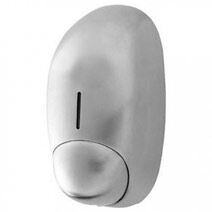

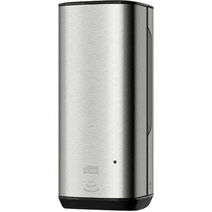
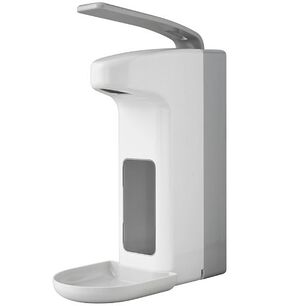

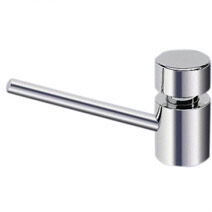


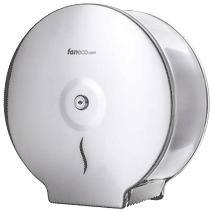

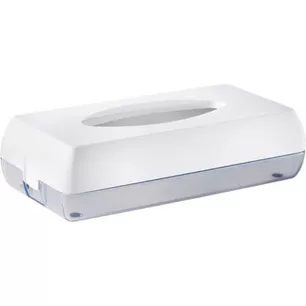
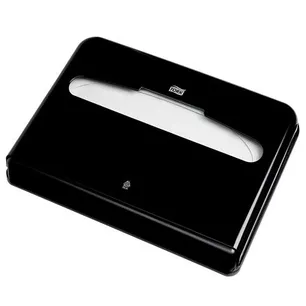
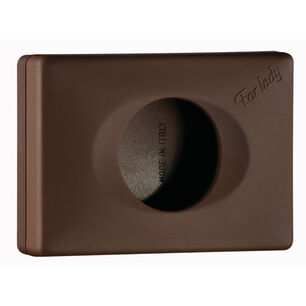
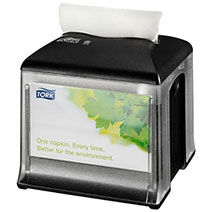

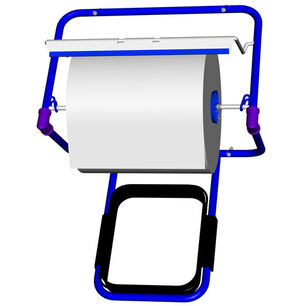
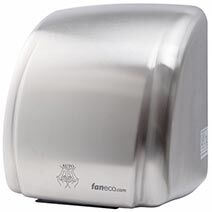
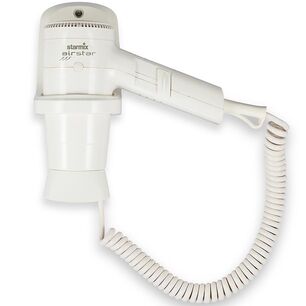
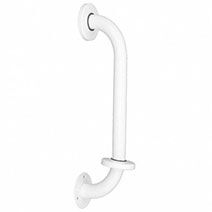
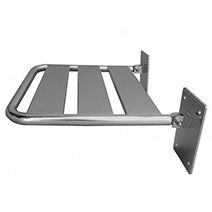
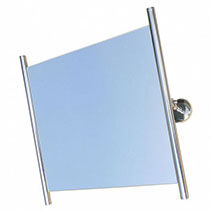
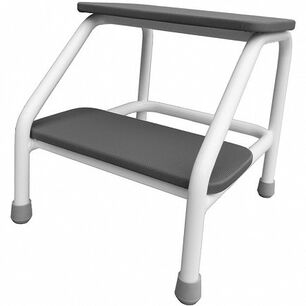
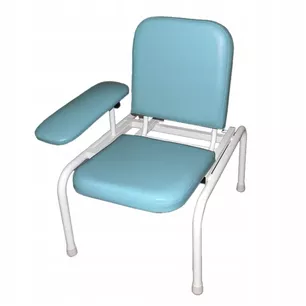




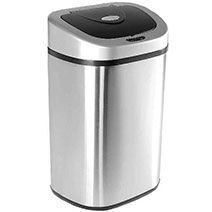
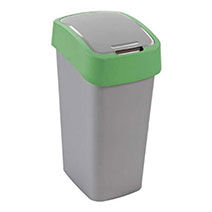
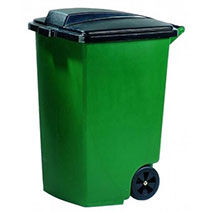




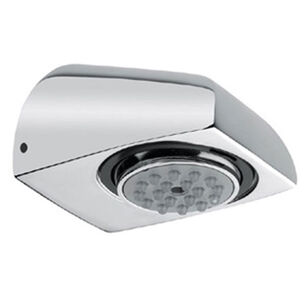
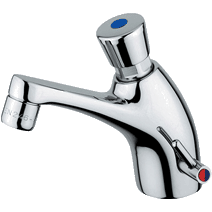
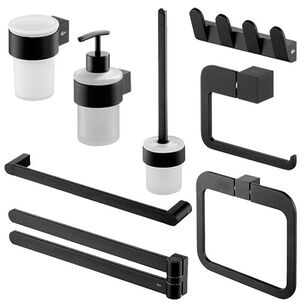
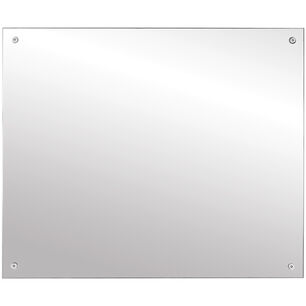
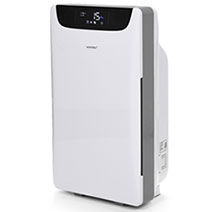


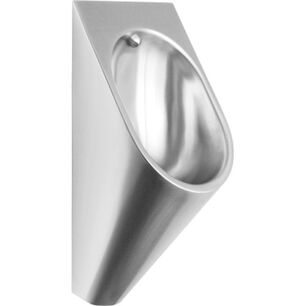
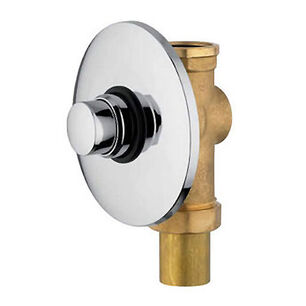
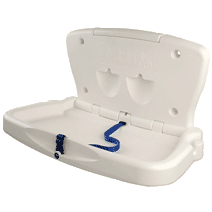
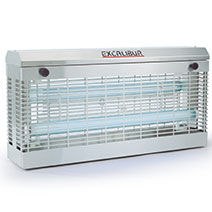

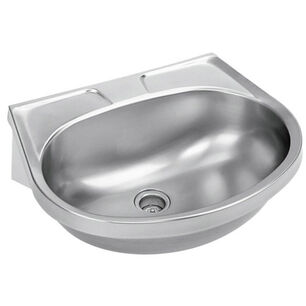
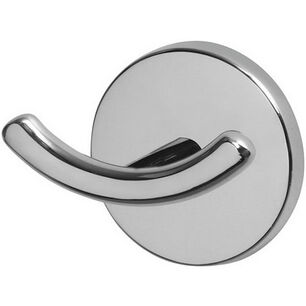
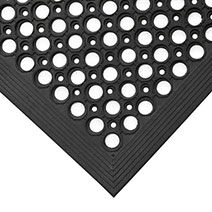
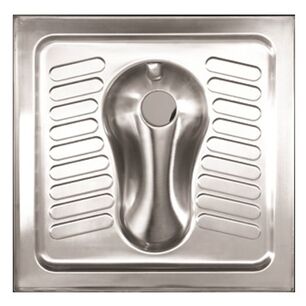
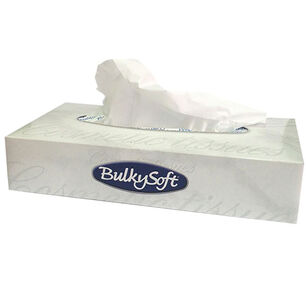
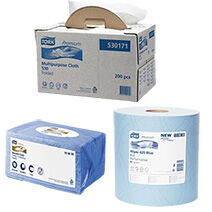



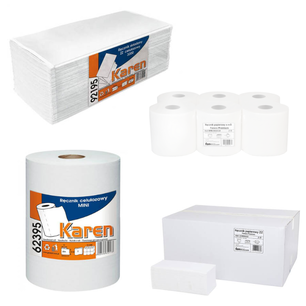
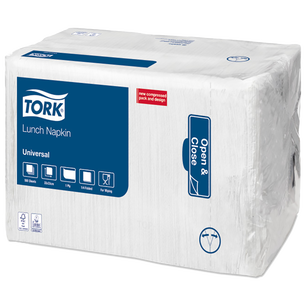
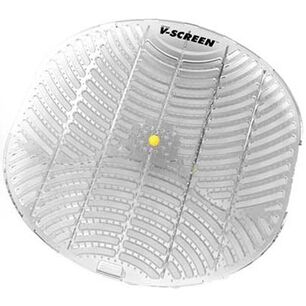

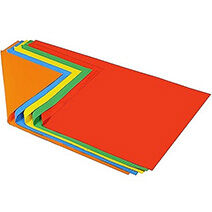
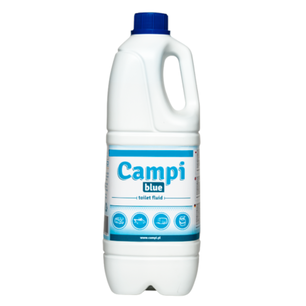
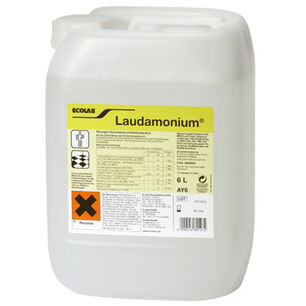
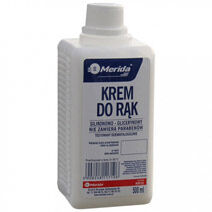
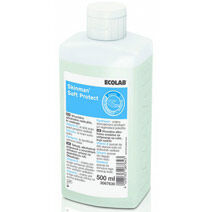
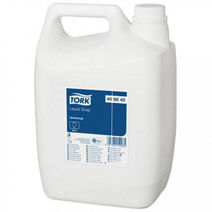
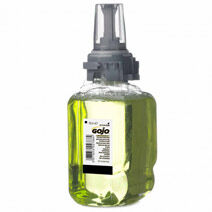

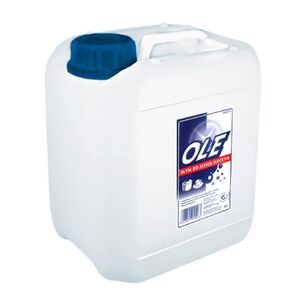

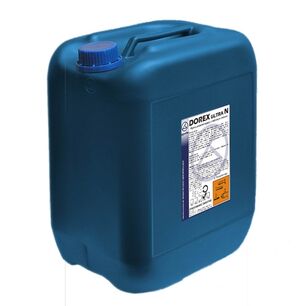
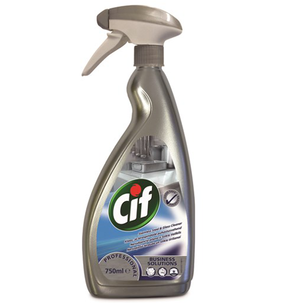
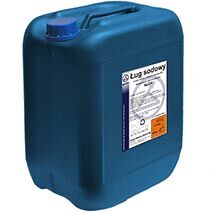

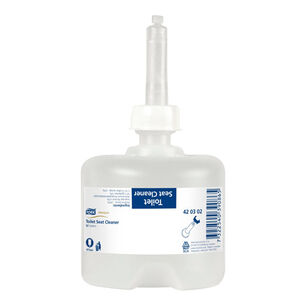
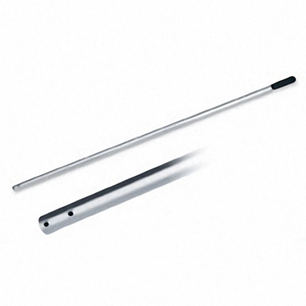
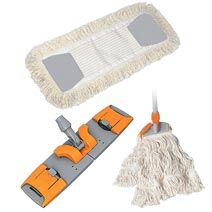

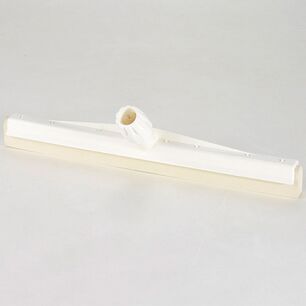

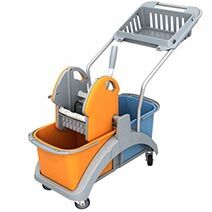


 Polski
Polski
 Czech
Czech
 German
German
 Spanish
Spanish
 Slovak
Slovak